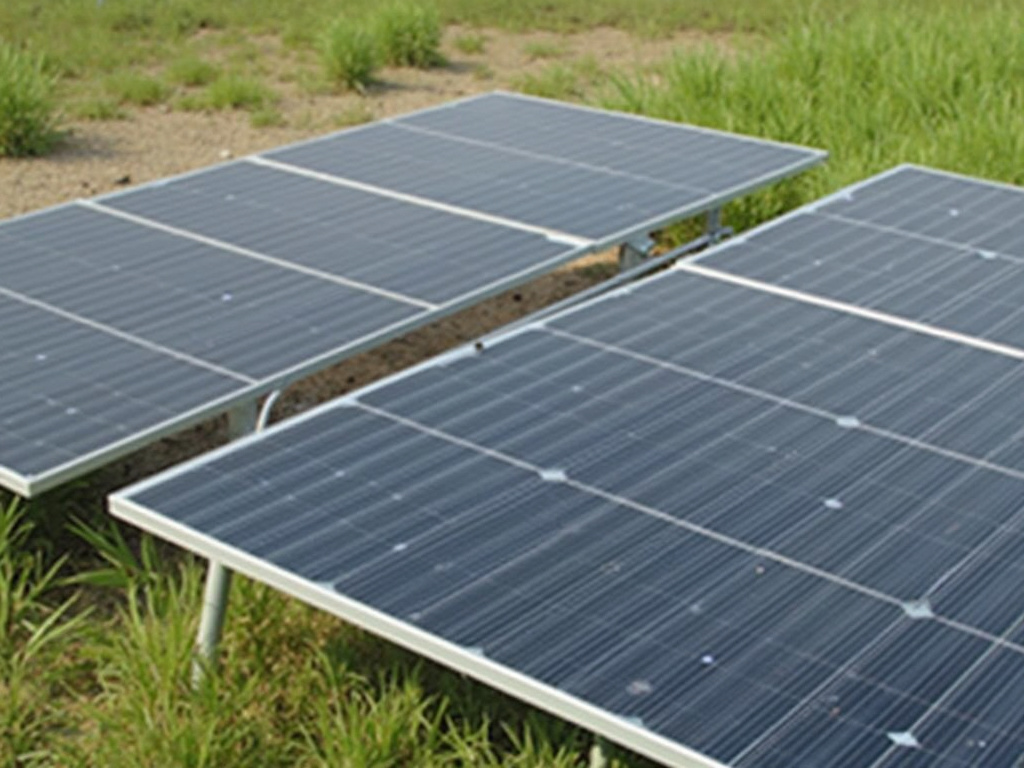Artificial leaves are revolutionizing air purification and fuel production by mimicking nature's photosynthesis process. These man-made devices harness sunlight, CO2, and water to produce fuels and oxygen, offering a promising solution to environmental challenges.
Key Takeaways:
- Artificial leaves are up to 10 times more efficient than natural leaves in CO2 conversion
- 360 artificial leaves can reduce CO2 levels by 10% within 100 meters in one day
- They can be used for fuel production and air purification in various settings
- These devices use light absorbers and catalysts to operate effectively
- Ongoing research aims to improve scalability and cost-effectiveness
Revolutionizing Air Purification and Fuel Production
Artificial leaves are cutting-edge technological marvels that mimic the natural process of photosynthesis. These devices use sunlight, CO2, and water to produce fuels, oxygen, and other valuable products. The components of artificial leaves include light absorbers, catalysts, semi-permeable membranes, and porous substances, working together to achieve remarkable efficiency.
What sets these synthetic leaves apart is their extraordinary performance. They're up to 10 times more efficient than natural leaves in CO2 conversion and boast CO2 capture rates 100 times better than current systems. This impressive capability positions artificial leaves as a potential game-changer in our fight against climate change and air pollution.
Impressive Performance and Potential Applications
The potential of artificial leaves is truly remarkable. Just 360 of these devices, covering an area of 500 m², can reduce CO2 levels by 10% within a 100-meter radius in a single day. To put this into perspective, that's a production capacity of nearly half a ton of carbon monoxide per day.
Indoor applications are equally impressive. Artificial leaves can achieve a 90% reduction in CO2 levels, bringing concentrations down from 5000 to 500 parts per million. This makes them ideal for improving air quality in enclosed spaces.
The versatility of artificial leaves extends to various applications:
- Fuel production
- Industrial and domestic air purification
- Environmental impact mitigation
- Reduction of volatile organic compounds (VOCs)
- Green transport solutions
These synthetic leaves can be deployed at power plants, on roofs, over waterways, in ports, or even at sea, offering flexible implementation options for different scenarios.
Design and Operation: From Materials to Mechanisms
The design of artificial leaves is a marvel of engineering. They're ultra-thin, flexible devices incorporating light absorbers and catalysts. The CO2 capture methods vary, using porous substances, liquid absorbents, or solid adsorbents. Some designs feature semi-permeable membranes and water-repellent carbon-based layers to enhance their functionality.
The operation of these synthetic leaves follows a simple yet effective process:
- Capture CO2 from the surrounding air
- Use sunlight to power the conversion process
- Produce fuels and oxygen as end products
This process works effectively both indoors and outdoors, making artificial leaves versatile air purifiers and fuel generators. Prototype testing has yielded promising results, with successful trials conducted on the River Cam in Cambridge.
Challenges and Future Developments
Despite their potential, artificial leaves face several challenges that researchers are actively addressing. Scalability is a primary concern, as maintaining performance while increasing production is crucial for widespread adoption. Additionally, the current cost and energy requirements for operation remain high, making them less economically viable at present.
Research efforts are focused on:
- Miniaturizing materials
- Improving durability and lightness
- Reducing production costs
- Enhancing energy efficiency
The ultimate goal is to develop artificial leaves that can significantly contribute to climate change mitigation and air pollution reduction. If successful, these synthetic plants could offer a sustainable alternative to fossil fuels and play a crucial role in mitigating global warming effects.
As research progresses, artificial leaves hold the promise of transforming our approach to clean energy and air purification. Their potential to clean our air and produce sustainable fuels makes them a technology worth watching in the coming years.
Sources:
Reddit: Engineers have built a cost-effective artificial leaf that can capture carbon dioxide 100 times better than current systems
UIC Today: Moving artificial leaves out of the lab and into the air
BGR: Researchers made an artificial plant that generates electricity and cleans the air
The Patent News: Artificial Leaves: A Revolutionary Approach to Tackling Air Pollution
University of Cambridge: Floating ‘artificial leaves' ride the wave of clean fuel production






